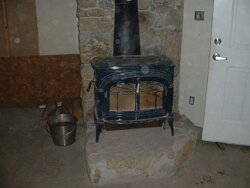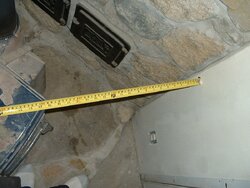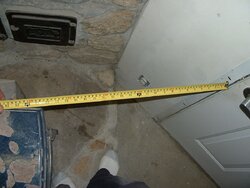Ok so I just got that VC Defiant NC. It has a heat shields all over it.
It is going on a stone hearth that I built with a stone faced block chimney behind it. (see picture of current old junk stove)
Now wouldn't I want to heat up all that rock to get more even heat out into my house & so when the fire dies down I continue to get heat from the hot rocks? So should I just remove the lame heat sheilds? I already took off the big sheild on bottom & it looks better without it but when I took the rear one off it seemed maybe like that one needs to stay on because it has the nameplate info on it & it looks kind of "naked" without it.
THoughts?
Opinions?
It is going on a stone hearth that I built with a stone faced block chimney behind it. (see picture of current old junk stove)
Now wouldn't I want to heat up all that rock to get more even heat out into my house & so when the fire dies down I continue to get heat from the hot rocks? So should I just remove the lame heat sheilds? I already took off the big sheild on bottom & it looks better without it but when I took the rear one off it seemed maybe like that one needs to stay on because it has the nameplate info on it & it looks kind of "naked" without it.
THoughts?
Opinions?






 >
>